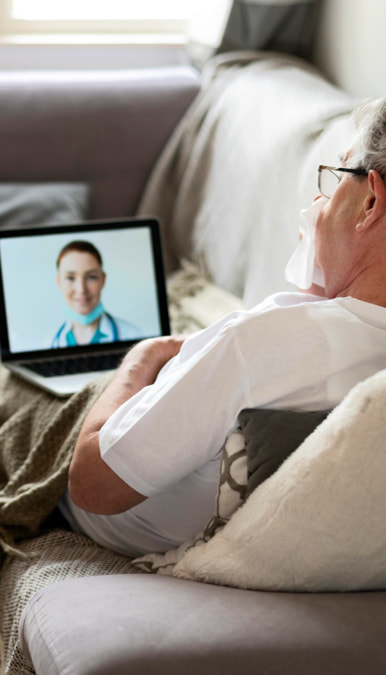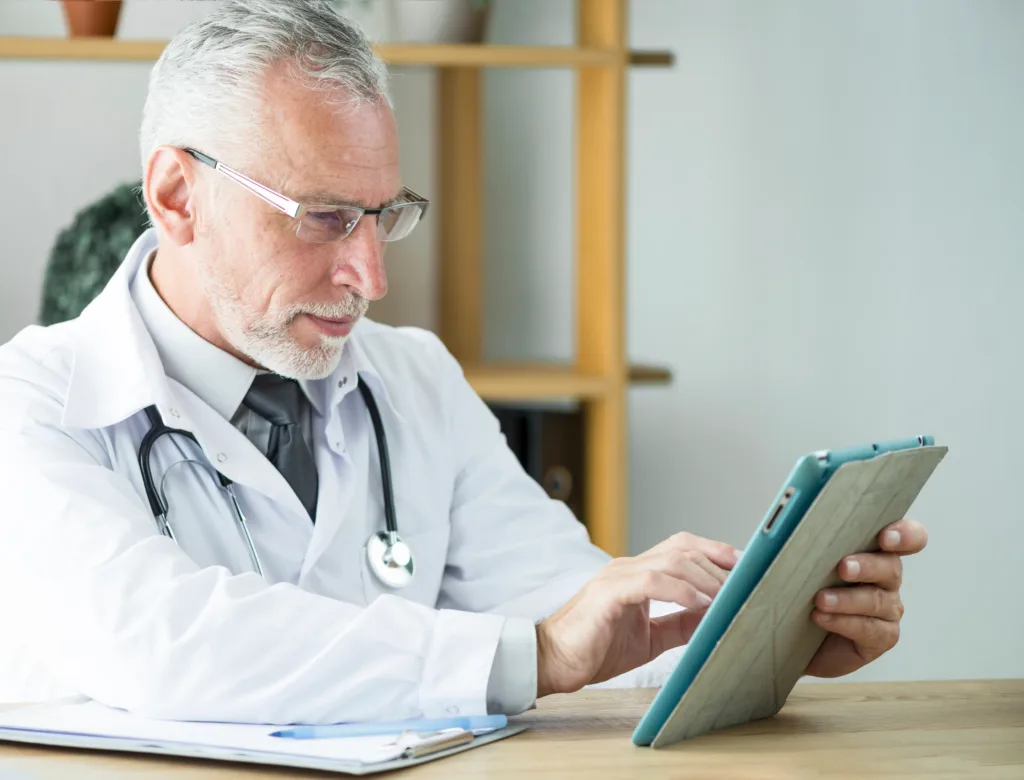One promising solution that surprisingly has emerged in recent years is telehealth. With its ability to connect patients and healthcare providers remotely, telehealth holds immense potential in breaking down traditional barriers and making healthcare accessible to individuals of all incomes.
Unfortunately, many individuals face barriers that prevent them from seeking timely medical attention. These barriers can include, for instance, distance, cost, physical limitations, and lack of transportation.
In today’s fast-paced world, access to quality healthcare is a fundamental need. People are working longer hours, commuting longer distances, and juggling more responsibilities.

The Power of Telehealth
Telehealth refers to the provision of healthcare services through digital communication technologies, such as video conferencing, online consultations, and remote monitoring. Furthermore, It eliminates the need for physical visits to healthcare facilities, allowing patients to consult healthcare professionals from the comfort of their homes. One of the key advantages of telehealth is its ability to transcend geographical limitations, making it particularly beneficial for patients residing in remote areas with limited access to medical facilities.
Breaking Financial Barriers
One of the major hurdles to healthcare accessibility is the cost associated with in-person visits. In fact, telehealth offers a cost-effective alternative by reducing expenses related to transportation, childcare, and time off from work. Patients can save money on travel costs and eliminate the need for expensive hospital stays or emergency room visits for non-emergency situations. Certainly, by leveraging telehealth services, patients of all incomes can access care without worrying about the financial burden that traditional healthcare visits may impose.
Investigating Telehealth's Impact
Various studies and investigations have shed light on the impact of telehealth on healthcare accessibility. To demonstrate this, a recent survey conducted by National Survey Trends in Telehealth Use found that 80% of patients who utilized telehealth services reported improved access to care. This includes individuals from diverse income brackets who found telehealth an affordable and convenient option. Moreover, the study revealed that telehealth significantly reduced emergency room visits and hospital readmissions, leading to substantial cost savings for both patients and healthcare systems.
The Centers for Disease Control and Prevention (CDC) estimates that telehealth could save the U.S. healthcare system up to $30 billion per year.

The Inclusivity Factor Of Telehealth
Telehealth’s ability to transcend income disparities is a crucial aspect of its appeal. It allows patients to access specialized care, such as mental health counseling and chronic disease management, without financial constraints. Additionally, telehealth accommodates individuals with physical disabilities, eliminating the need for transportation and physical accessibility concerns. By prioritizing inclusivity, telehealth enables patients of all incomes to receive the care they deserve.
Of people in the United States believe that telehealth has made it easier for them to access healthcare. According to a recent study by the Kaiser Family Foundation.
In conclusion, telehealth presents a transformative solution that addresses the long-standing issue of healthcare accessibility. Leveraging digital technologies breaks down barriers of distance, cost, and physical limitations. Then, the combination of convenience, cost-effectiveness, and positive health outcomes makes telehealth a compelling option for patients of all incomes. As we move forward, healthcare systems need to embrace and expand telehealth services, ensuring that no individual is left behind when it comes to accessing quality care. Together, let us harness the power of telehealth to create a more equitable and inclusive healthcare landscape for all.
Telehealth: Bridging The Healthcare Accessibility Gap
References
Kaiser Family Foundation, “Telehealth: A Growing Trend in U.S. Healthcare” 2022.
Journal of the American Medical Association, “The Impact of Telehealth on Emergency Department Visits” 2021.
Centers for Disease Control and Prevention, “Telehealth: Opportunities and Challenges” 2020.
National Library of Medicine, “Telehealth Benefits and Barriers” 2021.



2 responses to “Telehealth: Bridging the Healthcare Accessibility Gap”
I really liked how you explained how telehealth helps to improve healthcare accessibility, especially for underserved communities.
Thanks so much Damion! We are glad the post resonated with you. Telehealth truly has the potential to make a difference for those who need better access to care.